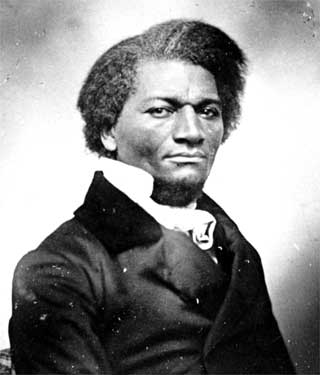Fall 2010 English 343


American Literature Survey
oral beginnings
to 1865
T/Th 12:30 - 1:45 Niccol 006
|
Fall 2010 English 343
American Literature Survey T/Th 12:30 - 1:45 Niccol 006 |
|
ambiguity Doubtfulness or uncertainness of interpretation. Much gothic literature is considered ambiguous insofar as it rarely presents a clear moral or message; it seems intended to be open to multiple meanings. American Renaissance Standard if limiting description of the flowering of American art and thought in the mid-nineteenth century. The restricted "canonical" version is usually thought to include Emerson, Thoreau, Hawthorne, Melville, Poe, and Dickinson. cult of sentiment Eighteenth- and nineteenth-century cultural phenomenon in which emotions and feelings, as opposed to reason and logic, were seen as the routes to moral and social improvement. Sentimentality emphasized the ability to empathize with another's sorrow or to experience profound beauty. It was associated especially with literature written by and for women. cult of true womanhood Influential nineteenth-century ideal of femininity that stressed the importance of motherhood, homemaking, piety, and purity. While men were expected to work and act in the public realm of business and politics, women were to remain in the private, domestic sphere of the home. gothic In the eighteenth century and following, generally used for "of the Middle Ages." Then, through negative association with the medieval--often seen as the "Dark Ages" following the intellectual and social flowering of Rome--the term "gothic" shifts of literature, art, or architecture which attempts to disturb or unsettle the orderly, "civilized" course of society. Gothic works probe the dark side of humanity or unveil socio-cultural anxiety. Manifest Destiny Prevalent in America from its early days through the nineteenth century, the belief that divine providence mandated America to expand throughout the continent and to stand as a social model for the rest of the world. original sin The Calvinist belief that, because of the fall of Adam and Eve, all humans are born inherently sinful. Only God's free grace can save us from hell. Romanticism European American late-eighteenth-century and early-nineteenth-century intellectual movement that stressed human creativity, sensation, subjectivity, emotion, and fulfillment. Often associated with nature as an inspiring force. Romanticism emphasized the radically innovative individual, as opposed to the Enlightenment focus on the rationally ordered society. Gothicism is sometimes called "dark Romanticism." ship of state A metaphor for conceiving of society and government, in which the state is seen as a ship traversing treacherous waters (i.e., social conflict) and needs the steady guiding hand of a trustworthy captain (i.e., leadership) to steer it to safe harbor (i.e. peaceful consensus) before it founders (i.e., fails as a unified society). This metaphor represents part of the American tendency toward thinking via analogy (comparing how two apparently unlike things might clarify of explain each other) and typology (seeing cosmic or national history expressed or symbolized in everyday details). spiritualism A more comforting and optimistic idea of the afterlife than that offered by Calvinism: the belief that the human personality or soul continues to exist after death and can be contacted through the aid of a medium. Many in the mid-nineteenth century were hopeful that science would eventually prove the existence of spirits. |